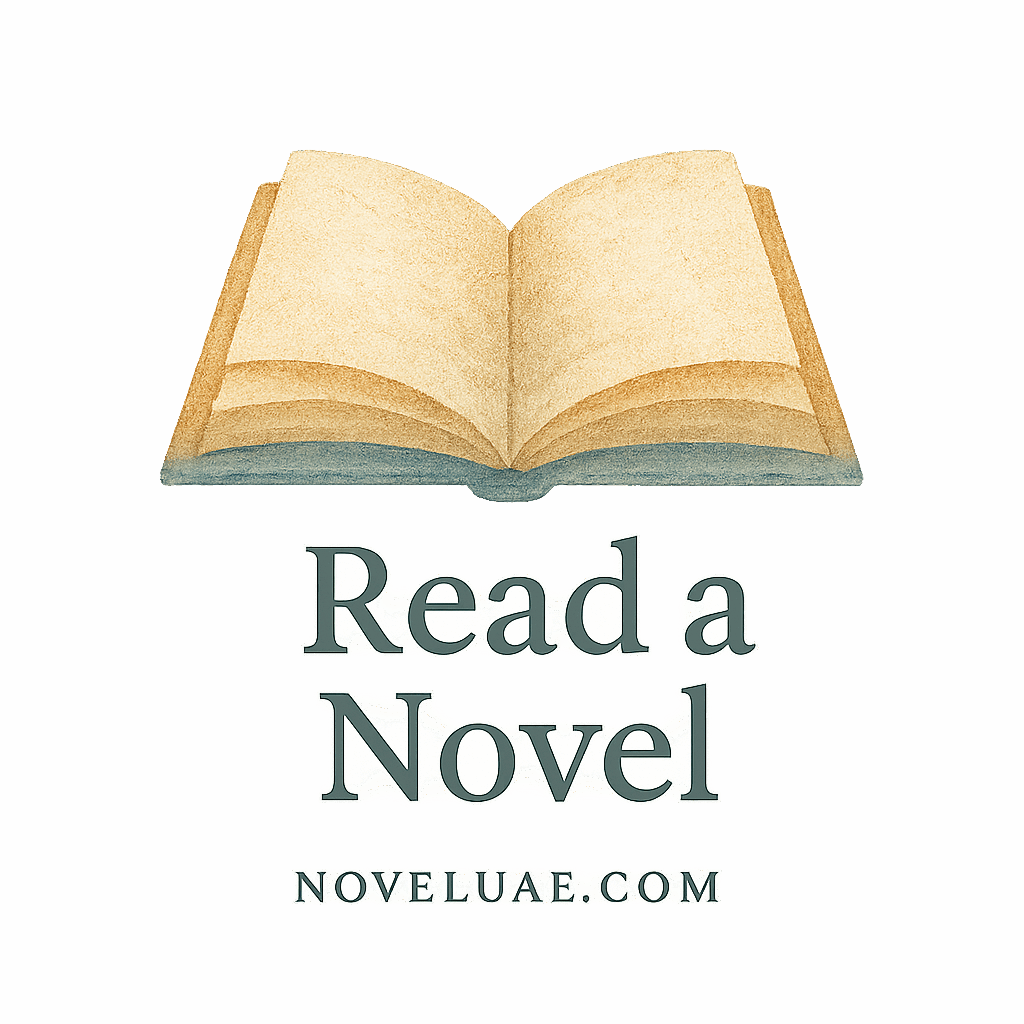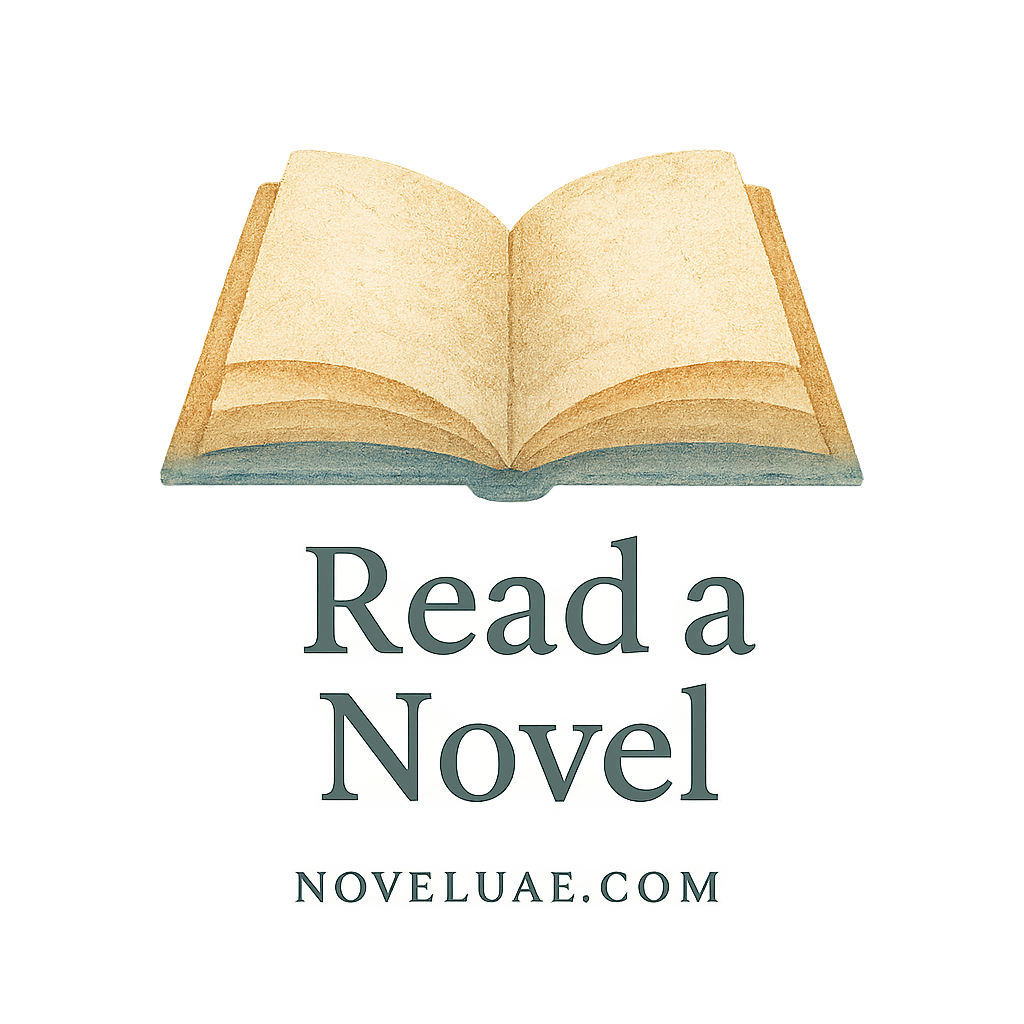Introduction: Why Character Archetypes Matter
Ever wondered why some characters feel instantly familiar? That’s because most stories are built on timeless character archetypes—universal roles that readers recognize and connect with, no matter the genre. These archetypes are like story DNA. They provide structure, purpose, and emotional resonance.
If you’re diving into storytelling or just love to analyze what you read, understanding these character blueprints can totally change the way you see novels. Whether you’re a seasoned reader or just starting your journey, you’ll discover how these roles enrich the plot, drive tension, and evoke emotion. For a great beginner’s guide to novels, check that out too!
Let’s explore the 7 character archetypes you’ll find in novels, why they matter, and how they shape the stories we can’t put down.
1. The Hero
Traits of the Hero
Ah, the Hero—our braveheart, our central figure, the one who rises to the challenge. Think of them as the heartbeat of the novel. They’re not always perfect (in fact, flaws make them better), but they grow, fight, and strive to overcome odds.
Most heroes:
- Have a goal or calling
- Experience growth or transformation
- Face inner and outer conflict
- Represent the reader’s desire for purpose
Famous Examples of the Hero
Frodo in The Lord of the Rings, Katniss in The Hunger Games, and even Harry Potter all represent this archetype. Their stories may vary, but their journey toward self-discovery and change is what unites them.
To understand this journey more deeply, explore the mechanics of story arcs through plot structure insights.
2. The Mentor
Role of the Mentor in Storytelling
Every great hero needs guidance—and that’s where the Mentor comes in. They offer wisdom, tools, or magical gifts (literal or metaphorical) to help the hero face their quest.
They are the Yodas, Dumbledores, and Gandalfs of the world—icons of wisdom and often, former heroes themselves.
How Mentors Guide Heroes
Mentors:
- Set the stage for the hero’s journey
- Challenge the hero’s beliefs
- Sometimes die (harsh but true) to push the hero forward
You can explore more about their function in character evolution through understanding novel elements.
3. The Ally
Types of Allies You’ll Encounter
Sidekicks, partners, and sometimes accidental helpers, Allies add depth to the protagonist’s world. They offer companionship, comic relief, or contrasting values.
From Samwise Gamgee to Hermione Granger, allies remind the hero (and the reader) that we don’t have to go it alone.
Why Allies Are Crucial for Character Development
Allies:
- Highlight the protagonist’s strengths and flaws
- Support emotional arcs
- Represent different aspects of humanity
Check out novel selection recommendations to find stories with powerful supporting characters.

4. The Shadow (The Villain)
What Makes a Great Villain?
The Shadow is often the hero’s polar opposite. They embody fear, power, or the darkest reflection of what the hero could become.
But great villains aren’t just “bad guys.” They have goals, motivations, sometimes even redeemable qualities. That’s what makes them compelling.
Exploring Inner and Outer Conflicts
Often, the best shadows:
- Force the hero to grow
- Represent unresolved trauma
- Push the narrative tension to its peak
For more on this, our guide on conflict in storytelling dives deeper into this critical dynamic.
5. The Trickster
Chaos, Humor, and Truth Through Tricksters
Enter the Trickster, the wild card who loves to shake things up. They break the rules, challenge the status quo, and often deliver truth in disguise—like Loki from Norse mythology or the Cheshire Cat in Alice in Wonderland.
When Tricksters Steal the Show
These characters:
- Keep stories unpredictable
- Offer social commentary
- Help heroes rethink their paths
Looking to explore more clever narrative twists? Reading strategies for novels can help spot trickster patterns in any genre.
6. The Love Interest
Romance in Storylines
Whether it’s slow-burn, enemies-to-lovers, or tragic love, the Love Interest brings emotional depth and often acts as a mirror to the protagonist’s inner world.
They’re not just eye candy—they matter to the arc.
Conflict and Growth Through Love Interests
Well-written love interests:
- Offer new motivations
- Reveal the hero’s vulnerabilities
- Help balance emotional pacing
Check out some compelling romantic storylines in genre-based novel insights.
7. The Shapeshifter
Unpredictability and Duality
Is the Shapeshifter a friend or foe? Truth or deception? That’s the point. This archetype brings suspense and keeps both the protagonist—and the reader—guessing.
Think Severus Snape. You never quite know which side they’re on until the very end.
Suspense in Plotlines Through Shapeshifters
Shapeshifters:
- Drive emotional twists
- Challenge assumptions
- Embody the theme of duality
Want to see more thrilling character shifts? Our reading list includes novels with the best “gotcha” moments.
The Importance of Blending Archetypes
Characters aren’t meant to stay in one box. In fact, the best-written ones shift between archetypes. A mentor might become a villain. A hero might become a trickster. This complexity mirrors real life.
So, when reading or writing novels, look beyond the labels. Recognize how fluid and dynamic these roles can be.
Using Archetypes to Deepen Your Understanding of Novels
Now that you’ve met these classic archetypes, you’ll start to spot them everywhere. They help create tension, foster discovery, and ultimately, deepen our connection to the story.
Want to learn more about how readers can navigate these character types? Visit our beginner’s guide to novels or dive into novel elements and story tension for a richer literary experience.
Conclusion
There you have it—7 character archetypes you’ll find in novels. From heroes to shapeshifters, these roles aren’t just storytelling tropes; they’re essential elements that keep us turning the pages. Recognizing these patterns helps us not only become better readers but also more insightful writers.
Explore more at noveluae.com and uncover the magic that character archetypes bring to storytelling.
FAQs
1. Can a character embody more than one archetype?
Absolutely! The most compelling characters often shift archetypes depending on their journey and relationships.
2. Are archetypes the same as stereotypes?
Nope. Archetypes are foundational roles in storytelling, while stereotypes are flat, oversimplified depictions.
3. What if a novel doesn’t include all seven archetypes?
That’s totally fine. Not every story uses every archetype. What matters is how effectively they’re used.
4. How do archetypes influence plot development?
They shape character decisions, conflicts, and resolutions—impacting the entire structure of the narrative.
5. Are these archetypes genre-specific?
Nope! Whether it’s fantasy, romance, or mystery, these archetypes appear across all genres.
6. Where can I learn more about novel mechanics and character roles?
Check out understanding novel elements and story structure for a deeper dive.
7. How can I identify archetypes while reading?
Pay attention to a character’s actions, motivations, and relationships. Over time, you’ll naturally spot patterns.


